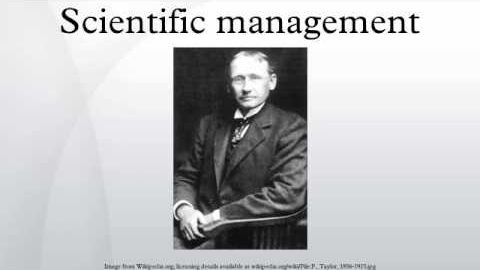科學管理 (Scientific management)
 沒有此條件下的單字
沒有此條件下的單字US /ˈprɑsˌɛs, ˈproˌsɛs/
・
UK /prə'ses/
- v.t.用電腦處理(資料);(依照規定程序)處理;處理;流程;加工;理解
- n. (c./u.)(規定的)程序;過程;進程;方法;法律程序;進程
- n. (c./u.)成品;工作的成果;產品;作品;工作;職業;工作(場所);(工作等的)成果
- v.t./i.起作用;行得通;運轉;運作;運行;活動;起作用;有效用;(機器等)運轉;活動
- adj.工作相關的
- n.壓平器;壓榨機;新聞組織,媒體;出版社,出版物
- v.t.熨平;催促;催逼;出版;新聞出版社;印刷機;擠壓
US /ˌsaɪənˈtɪfɪk/
・
UK /ˌsaɪənˈtɪfɪk/
- adj.科學上的;有系統的;精確的
- n.科學
- n. (u.)科學知識
